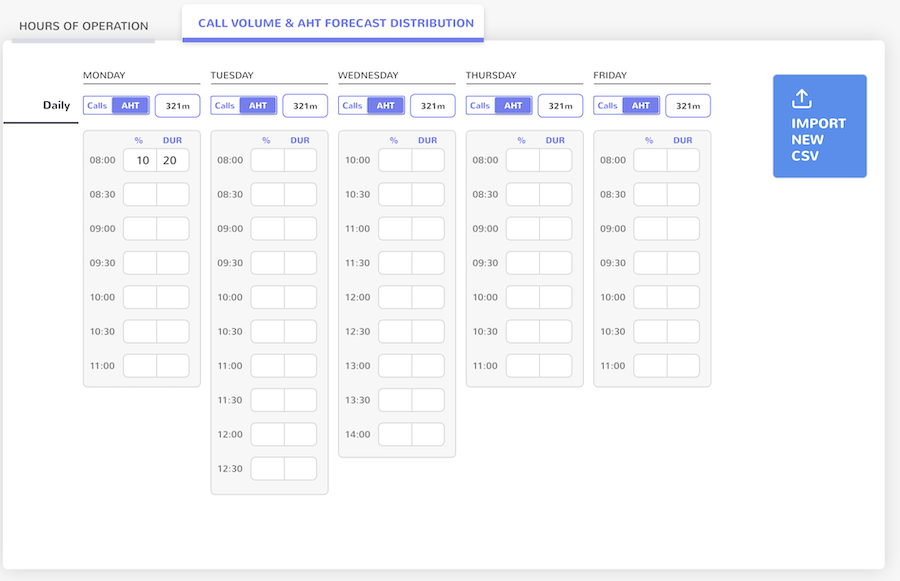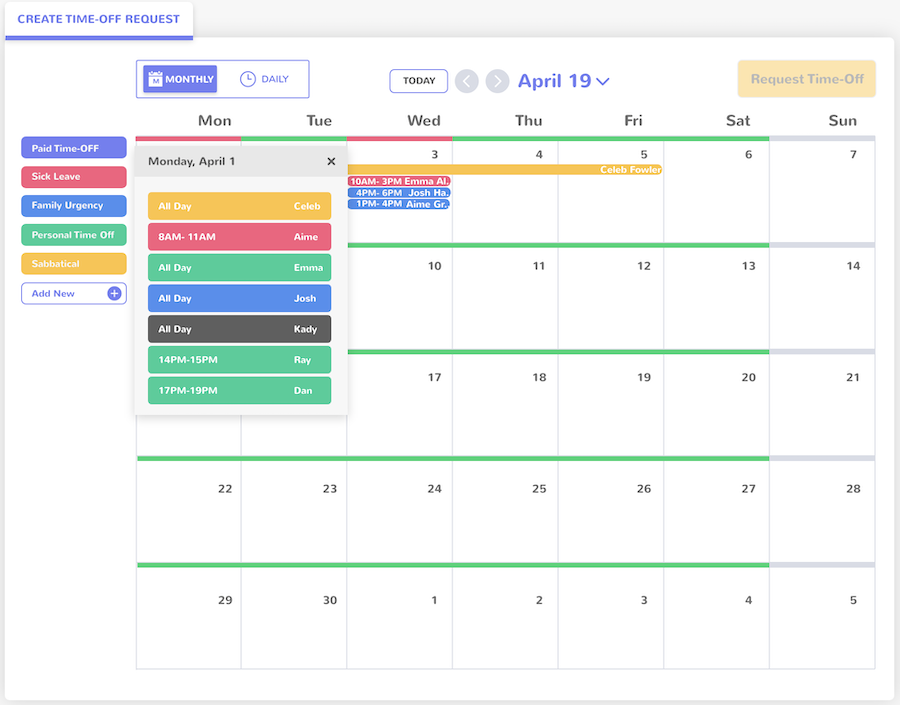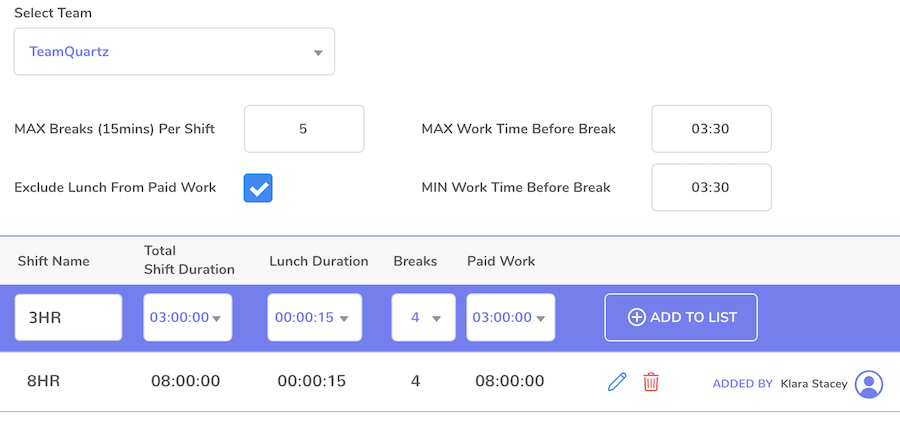
Managing your reps and keeping them occupied is key for the success of the call center operations. But it is just a small part of the big picture. Here are the steps to forecast resources needed and schedule call center staff with detailed shift information as well as the often missed parts of the puzzle. Check out Comstice Workforce Management (WFM) for Cisco UCCX, Cisco, UCCE, Amazon Connect and Avaya CMS for more information.

Why Workforce Management?
Call centers, whether they are for sales or servicing existing customers are very inefficient operations. In an inbound call center, agents are occupied up to 60% of their shift time. Forecasting the resources needed and planning ahead helps to manage efficiency and service quality at your call centers. Here are the steps to take to plan your call center operations and schedule the shifts for your reps.
Avaya AACC Data Dictionary
| 1. Forecasting Contact Volumes |
| 2. Managing Resource Availability |
| 3. Quality Management |
| 4. Reporting and Analytics |
-
Forecasting
What are we forecasting?
The ultimate goal is to forecast the number of full-time employees needed on each interval during the shift. Intervals are time periods which you will use to plan agent's availability, breaks, team meetings and other activities.
Forecasting Call Volumes
Shifts are usually planned weekly. They often scheduled for time intervals, such as 5min, 15min, 30min. There are two key indicators we need to estimate for the selected team of agents on each interval;
- - Number of calls received
- - Average handle time (AHT)
We can estimate the daily values then further distribute how many calls we may get and the average handle time for each interval.
Forecasting Each Day
There are two ways to forecast the daily call volumes; you can check the last few years for the same week i.e. week 32 and get a weighted average of the last 5 years.
Alternatively, you can look at the last few weeks and take the average from there. Heatmaps are often used to get the average from the last few weeks;
Distributing Forecasts into Intervals
Once the daily calls received and AHT for that day are estimated, we need to distribute these forecasts for each interval. Using methods such as heatmaps as given above, you can calculate what percentage of the calls are often received at which time interval and what is the AHT percentage on each interval. Calls may be handled quicker in the mornings than in the afternoons. Running a 15-min heatmap can give you all these and you can enter the forecast data for calls received and AHT.
Using Erlang C calculation formula, you can forecast how many full-time employees (FTE) you will need. Erlang C formula needs the following parameters;
- - Interval: 15min, 30min etc.
- - Calls Received per Interval
- - Avg. Handle Time per Interval
- - Required Service Level i.e. “We aim to answer 80% of the calls in 30 seconds”
- - Maximum Agent Occupancy: 85% (this is often 70–85%)
- - Shrinkage: 30% (often between 30–35%) used to factor holidays, unplanned absence, sickness etc.
-
Resource Availability
Managing Resource Availability
Now we know how many FTEs we need at each interval, we need to plan and make them available using our available resources.
Agent Shift Preferences
Agents may have different preferences about when to start shifts, minimum and maximum shift hours they prefer, whether they want to start at the same time every day etc. Using that information and the team calendar for their availability, you can find out the availability of the resources for the target week.
Shift Types
You can standardize your shifts in different types based on the length of the shift such as 4-hr shift, 6-hr shift, 8-hr shift. You can decide how many meals and short breaks each shift type will have, the minimum and maximum time between the breaks, etc.
Creating Shift Schedule
Based on all this information, FTE needed per interval, agent availability and preferences, and shift types, you can plan the shift, or your WFM solution can create the shift for you.
![]()
Shift plan will show which agents will start at what time, when they will take short or meal breaks, any team meetings as well as the difference between the planned resources vs. the estimated resources needed.
Updating Shift Plan, Last-Minute Changes, and Absence of Agents
![]()
Agents need to monitor their shift intervals and must take breaks at the scheduled time. They can also request time-off and notify the schedule if they will have an unplanned absence or they are late. A mobile for WFM can help agents to access their performance data as well as request time-offs, access their schedule, and update the team calendar.
-
Quality Management
Quality Assurance
Team leaders and quality assurance experts can listen and grade the recordings for each agent. They can create QA criteria and grade recordings based on these rules. Quality scores and any notes from the QA team can be viewed by the agents on the web and on Comstice Quartz mobile app.
-
Reporting
Agent Scorecards
Customer SentimentAgent Scorecards








